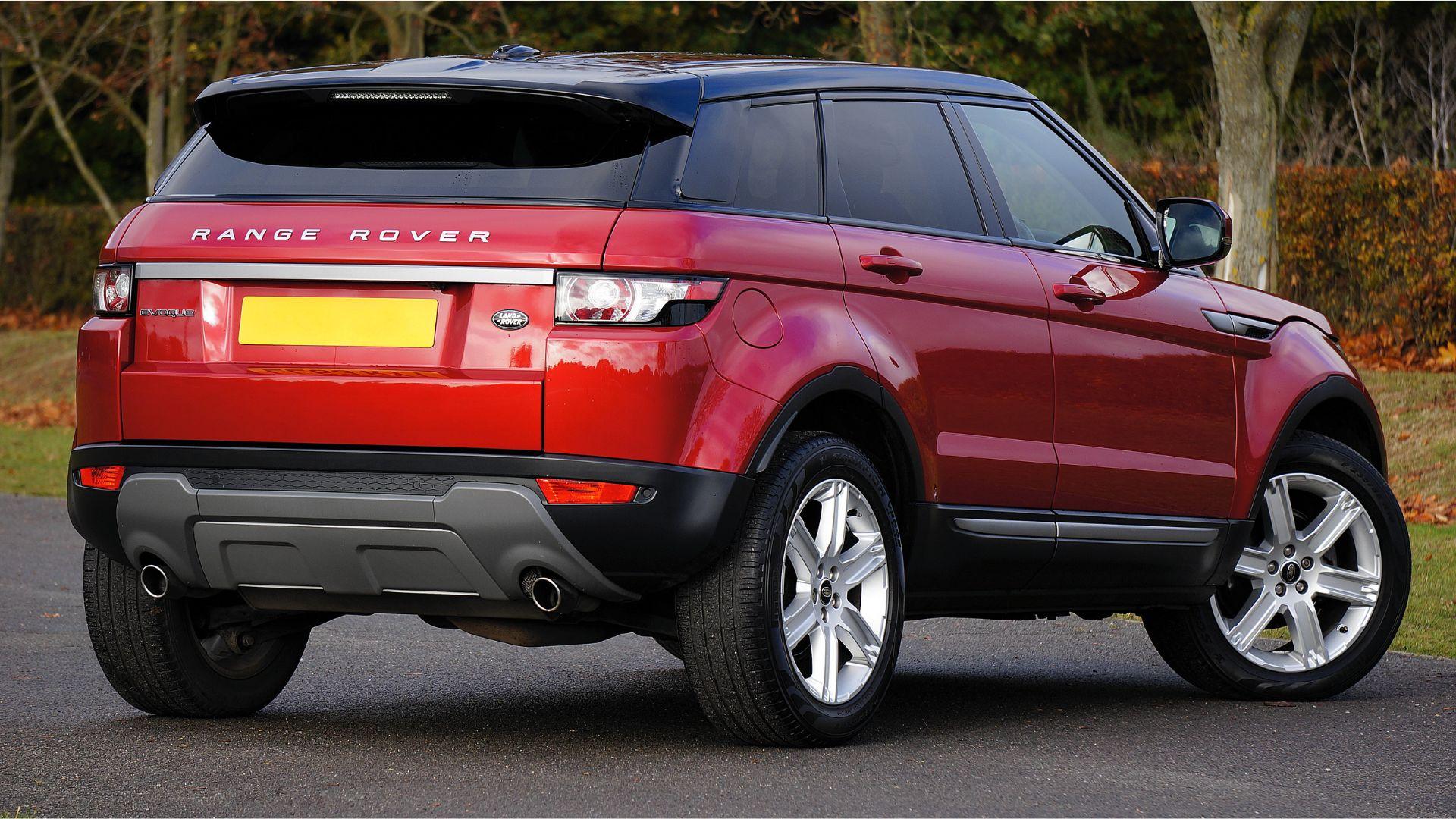How your car insurance claim amount is determined is different, depending on the type of policy that you have. It’s important you understand the difference in cover available and ensure you have appropriate cover for your needs – see the difference between agreed value and market value cover, below.
Car insurance payments
The amount your insurer offers you for your car can sometimes be lower than what you might expect. Read this guide to understand the different types of car insurance policies and how to avoid surprises.
